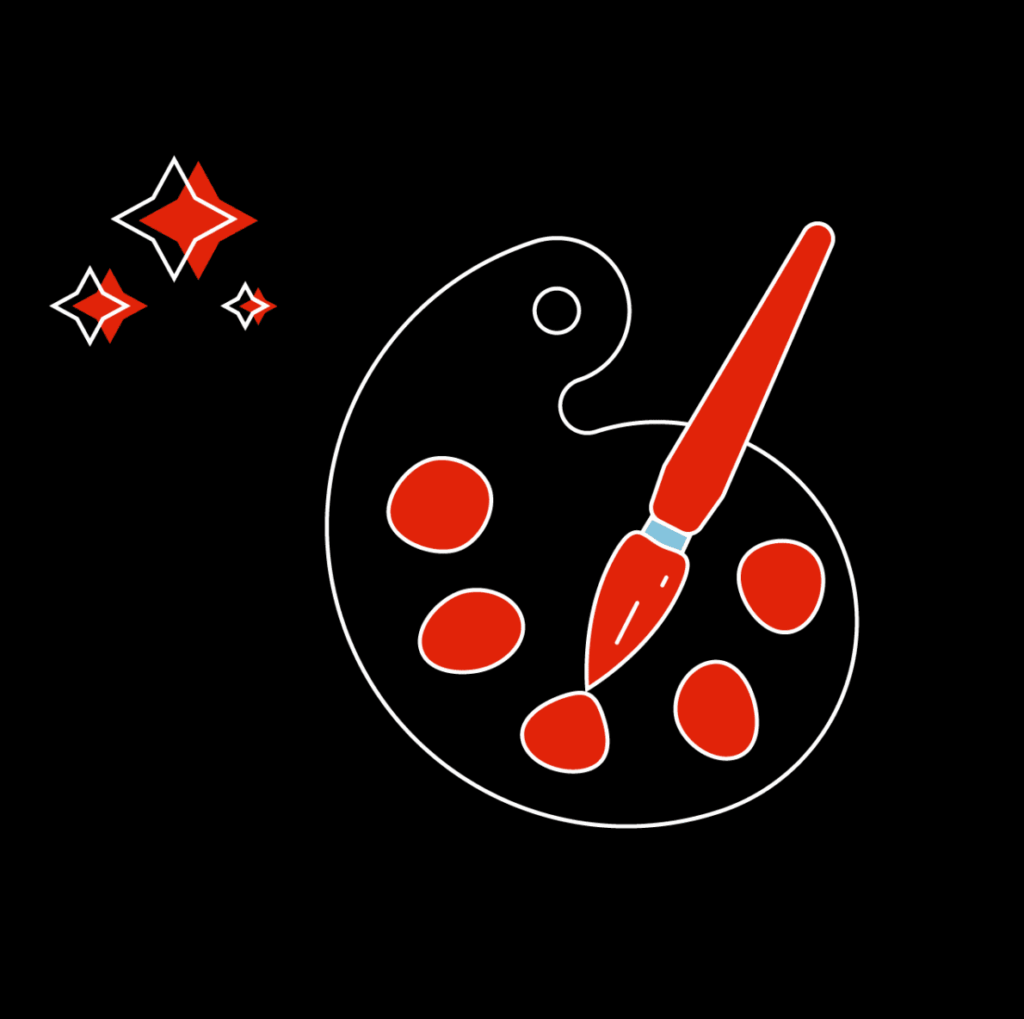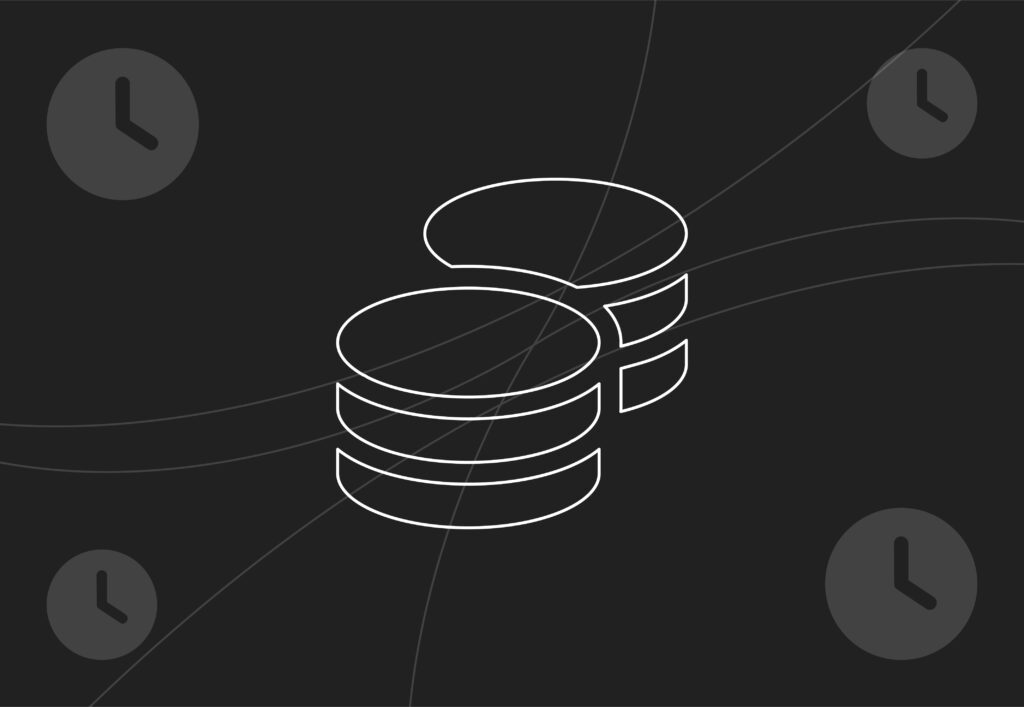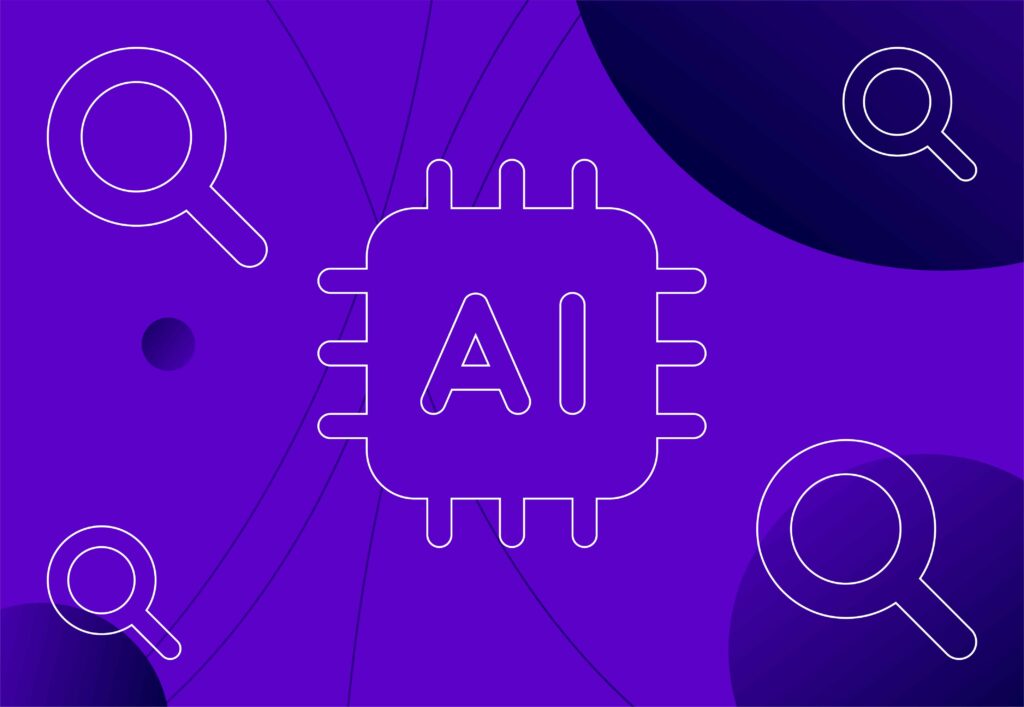
Ahrefs AI content helper tool

It’s no secret that SEO strategies in 2025 need to be innovative, focused, and yet remain agile if the year is going to follow a similar route to all of the Google updates that happened in 2024. The main takeaway from last year is that Google is cracking down on AI-generated and spam content so in 2025 SEO content needs to ensure it:
- Meets user intent
- Targets keywords without being spammy
- Includes EEAT elements
Basically, an article needs to encompass everything that is already at the top of the SERP and then add a unique touch!
Just when content writers around the world were losing hope as to how to meet Google’s every need and then some, Ahrefs decided to launch the AI content helper tool. We know what you’re thinking: Google hates AI so why would we use a tool like this? (At least any decent SEO-er does, anyway).
Well, I and the rest of Embryo’s content team have been testing this tool for a while now and wanted to share our thoughts on Ahref’s latest feature.
What is the Ahrefs AI content helper tool?
Launched in September 2024, the AI content helper tool basically does what it says on the tin. You add the keyword you want to target and AI will scrape what is currently being rewarded by Google.

You will then be able to choose which intent best suits the content you want to create. It has multiple different search intents making it easy for you to select the right one for your needs.
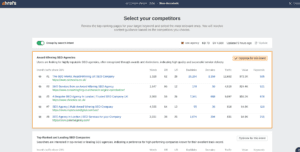
Once this is selected, you will be taken to a blank page. Writers everywhere will rejoice that it isn’t as scary as it sounds, as down the right-hand side you’ll find the topics that Google is looking for and receive a score on how well you have discussed each topic. You’ll also see the minimum and maximum word count currently found in the SERP.
Finally, there is an overall content score which analyses what you have written, and AI ‘scores’ this compared to the topics it expects to see for this keyword.
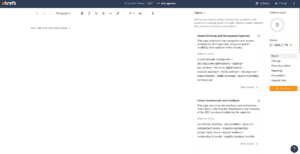
According to Ryan Law, Director of Content Marketing at Ahrefs:
“The goal [of the tool] isn’t keyword stuffing: it’s comprehensive topic coverage. AI Content Helper puts the writer in the driving seat, giving you tons of competitor data to inform your own writing process – instead of delegating away your creativity wholesale and churning out another copycat article in the process.”
Note: At the time of writing, the tool is in beta testing and therefore currently free with all subscriptions. However, after this, it will be a paid add-on to your subscription.
What are the benefits of the AI content helper tool?
As I mentioned previously, the content team has been using this tool pretty much since it launched, and over these past few months, we’ve experienced several benefits.
Reoptimisations
Any eager-eyed readers will have seen that when you enter your target keyword, you can also add a URL. This makes it extremely easy to see if your article is ranking and still relevant for your target keyword.
Previously, the team here at Embryo had been using a different Ahrefs tool – the AI Content Grader – to assess previous work but this new tool has made it extremely easy to do. So much so that the team now rarely uses the Content Grader.
The Content Grader could potentially be used by SEOs instead to quickly see if the article would benefit from a reoptimisation. However, there’s equally nothing stopping them from using the Content Helper which could arguably give them a more clear understanding of the topics lacking substance or simply missing.
Topics at a glance
Another benefit of the Content Helper we’ve found is being able to see what topics to include at a glance. Having them all there in one spot makes planning the skeleton of your article easier than ever. You can also click on each topic to see what competitors have written to spark your imagination.
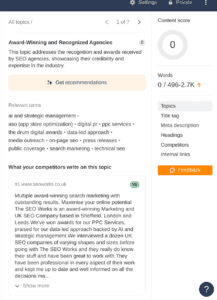
Research made easy
Following on from this, knowing what topics to include makes research extremely quick and easy. This way, you can begin writing faster and it’s easy as you know exactly what you need to include to (hopefully) get results.
Especially if you are writing about a difficult topic, it quickly becomes invaluable.
Intent is met
We all understand that there are various types of user intent:
- Navigational
- Transactional
- Informational
- Commercial
However, ensuring you are hitting the right topics to meet the specific search intent of your keyword can sometimes be tricky. This tool makes it easy to meet all the topics required to meet that intent.
Wordcount guide
Is there anything more controversial than wordcount? At least to me, no one really seems to know just how many words to include – whether that be for web copy, blogs, service pages, and more!
Sure, long-form content is king but do you write until you have spoken about everything and then stop so the user doesn’t get bored or do you keep writing until you hit the wordcount?
The Content Helper has a minimum and maximum wordcount taken from the SERP so you can get an average of how much to write.
Understand how optimised your work is
The tool analyses your content and gives it a score depending on how optimised it believes it is depending on:
- Topic coverage
- Relevant terms
- Keyword usage
This score helps you when writing so you understand what is missing from your piece so you can be sure to include vital topics to ensure your piece is as optimised as possible.
You also get scores on each topic to know if you need to expand on the topic to meet the intent and is optimised.
Are there any disadvantages when using Ahref’s AI content helper tool?
Unfortunately, we have also found some disadvantages to using the Content Helper tool.
Not user-friendly
The tool doesn’t exactly look the most shiny and new and the user experience isn’t the best when you type into it directly. It can sometimes be quite laggy and fiddly compared to other tools we here at Embryo have used in the past – like Frase or WriterZen.
Doesn’t save work
Following on from this, we recommend writing into a document first and copying it over into the tool rather than writing directly in it as sometimes it does not save.
We all know there’s nothing worse than losing hundreds of words so although the above process may be time-consuming, it takes less time than writing your content again.
Topics that can’t be included
Depending on the offering of your business, you may not be able to include every topic that is required for the intent. This can negatively impact your overall score and you can’t remove the topics!
Is this another way that Ahrefs could improve the tool when it comes out of beta?
Addicted to the score
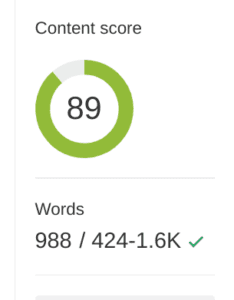
We’re not proud of it, but seeing that score go up quickly becomes addictive! When it doesn’t shoot up to the 60s and (hopefully) more, it can cause some serious imposter syndrome.
Should something as silly as a little score undermine our hard-earned writing abilities? No, but it sure does. Therefore, you can sometimes be more focused on getting a ‘good’ score, rather than writing in a way that suits your business best.
Missing EEAT elements
At the beginning of this blog, we mentioned the importance of EEAT signals in modern SEO content. One thing the Content Helper doesn’t include is what EEAT signals are most used by competitors or what it deems would be the best one for the target keyword.
This means you need to go into the SERP to find the case study, expert quote, etc, that has been used. This leads to the question: How much time is it saving if you have to go into the SERP anyway?
Wrong intent
Sometimes, there isn’t exactly the intent you are aiming for, so you may choose one that doesn’t quite hit the mark or, on the other hand, there may be multiple options that meet your needs making you unsure which to pick.
If you do choose the wrong intent, your score could be less than you expected (causing yet another imposter syndrome moment).
One trick our team has found is that if you start again and pick a different intent when you paste your content into the tool, the score should go up if it is the right one.
Our key takeaways
As you can see, there are a number of advantages and disadvantages to using the Ahrefs AI Content Helper tool. Our Senior Content Manager, Shona Worsman, says:
“Ahrefs Content Helper cuts research time in half and offers the reassurance we need when it comes to optimisation. Ultimately, it’s an efficiency tool that allows us to align with search intent and outrank competitors without restricting our ability to be creative. The writer is the driving force that controls the output, but the tool on hand provides structure, data, and insights needed to guide us towards measurable results.”
As you can see, here at Embryo we all agree it is an incredibly useful tool, but one question we haven’t asked that quickly became apparent to us when using the tool is:
How accurate is the overall content score?
When we have been writing content, sometimes we add just one word and the score can jump up 20+ places! Or on the other end of the spectrum, add a small paragraph and your score can plummet back down. That doesn’t seem very accurate to us…
We’ve yet to see from Ahrefs what it deems to be a ‘good’ score from the Content Helper. There’s no colour system on the score like Ahrefs’ Content Grader – even when it’s just at 8 it’s green indicating that’s good.
As a team, we decided that anything 60+ is good for us, but are we doing ourselves a disservice? There’s no way to truly know.
The main takeaway about Ahrefs’ AI Content Helper tool is that it really is beneficial and can speed up the writing process, but don’t rely on the tool solely. As can be said for any AI tool.
We’re excited to see what happens to the tool once it leaves beta testing! Hopefully, some of the snags we’ve mentioned will be ironed out and then we can finally give it a ‘good’ score.

